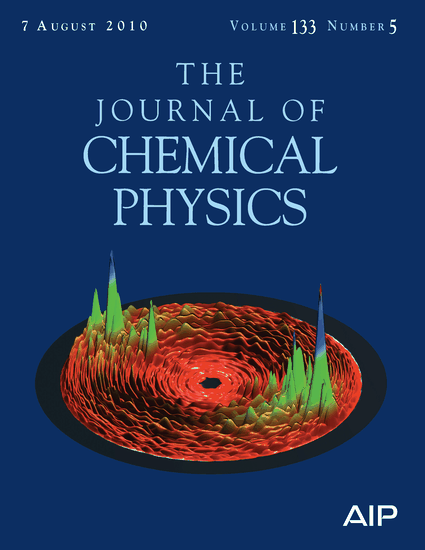
To gain insight into the mechanism of Na(3p)2P3/2→2P1/2 fine‐structure transitions induced by collision with He, we monitor the expectation values of the orbital‐ and spin‐angular momentum vectors, l and s, as a function of time along the trajectory, using a semiclassical formalism. In a typical collision, 〈s〉 remains nearly space‐fixed while 〈l〉 precesses about the rotating internuclear axis. Thus, in the interaction region, the projection of 〈l〉 onto the internuclear axis, 〈λ〉, remains nearly constant, and the molecular alignment of the orbital is preserved. We show how equations of motion for the classical analogues of these expectation values agree qualitatively with the quantum equations of motion. A qualitative comparison is also made with the Cs–He system for which the spin–orbit coupling is much stronger. We calculate cross sections for Na(2P3/2)+He→Na(2P1/2)+He as a function of the alignment of the excitation laser polarization with respect to the asymptotic relative velocity vector. For stationary pumping of the excited F=3 hyperfine level, this calculation predicts that the perpendicular alignment gives a cross section which is larger by a factor of 1.8 than that obtained by parallel alignment.
Available at: http://works.bepress.com/john-delos/56/
